|
guest post written by Children of the Kingdom sponsor Tim Hartman, Associate Professor of Theology at Columbia Theological Seminary. Visiting Children of the Kingdom in Lodwar was a powerful moment of seeing a dream becoming reality, and then exceeding expectations. Emily and I met on the way to church before our first day of class at Stanford. I spent the summer of 1993 in southern Africa in Swaziland, and then Emily spent the following summer in Kenya. I can remember her letters and seeing her (many) pictures, including hearing about the hospitality and leadership of Pastor (now Bishop) Kaaleng. She relayed how Pastor Kaaleng had shared with her about a need in his church to raise funds for children’s school fees to support their education. And then, Emily being Emily, immediately jumped in—and while balancing lots of other responsibilities, she also began Children of the Kingdom and started lining up supporters to sponsor children’s education. That was about 30 years ago. Fast forward to the present when I was in Lodwar in early January leading some seminary students on a cross-cultural trip to Kenya: Driving down the road, past compounds for World Vision, Save the Children, and other international NGO’s, our van turned left into a large courtyard with Children of the Kingdom signs. Emily’s dream has become a concrete reality…with Veronica in one office, a social worker Jecinta in a second office, a storage closet full of school uniforms, a make-shift kitchen ready to make a meal, additional classrooms storing mattresses for children going to boarding school, and more rooms waiting to be used in other ways. There are current students waiting to meet with Veronica along with Children of the Kingdom alumni talking with one another and just wanting to say “hi.” For me, the personal connections that the Children of the Kingdom staff have with families and the community are what are distinctive for Children of the Kingdom. In this sense, COK is a grassroots, Kenyan organization seeking to serve its neighbors for the sake of the Turkana community. While the funding comes from outside Kenya, the vision and day-to-day operations are led by Turkanans. These relationships over the long haul account for the effectiveness of Children of the Kingdom. What I encountered was a non-profit organization meeting a clear and specific need in Lodwar. The city of Lodwar (population about 80,000) is the capital of the county of Turkana in the northwest of Kenya bordering Uganda and South Sudan. (Kenya has 47 counties—similar to a state in the United States or a province in Canada). Turkana is the poorest county in Kenya with a poverty rate of 77.7%. Traditionally, the Turkana people have been pastoralists herding cows and goats. Persistent drought has dried up the grasses and the cows have been driven south to graze. Now, goats and camels range freely seeking food. There is little economy, and there are few jobs. For young people, education is the way to shape a different future for themselves. Children of the Kingdom offers a faithful presence, an oasis in the desert, for children and families seeking hope. This is why the waitlist continues to grow.
Though seeing the Children of the Kingdom compound is a profound visual of the growth of the organization, the dream has long ago been realized as students supported by Children of the Kingdom have finished high school and university and then returned to Turkana to live and work among their people. Veronica uses her wisdom, patience, and organizational skills to talk with children and their parents about ways that Children of the Kingdom can help, and points them to others for additional needs. I was so impressed by the tangible, real difference that Children of the Kingdom is making in Turkana.
0 Comments
Leave a Reply. |
Archives
May 2024
Categories |
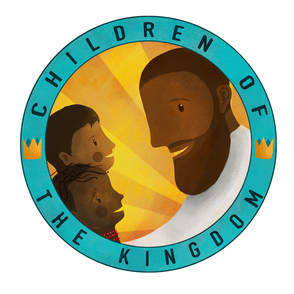
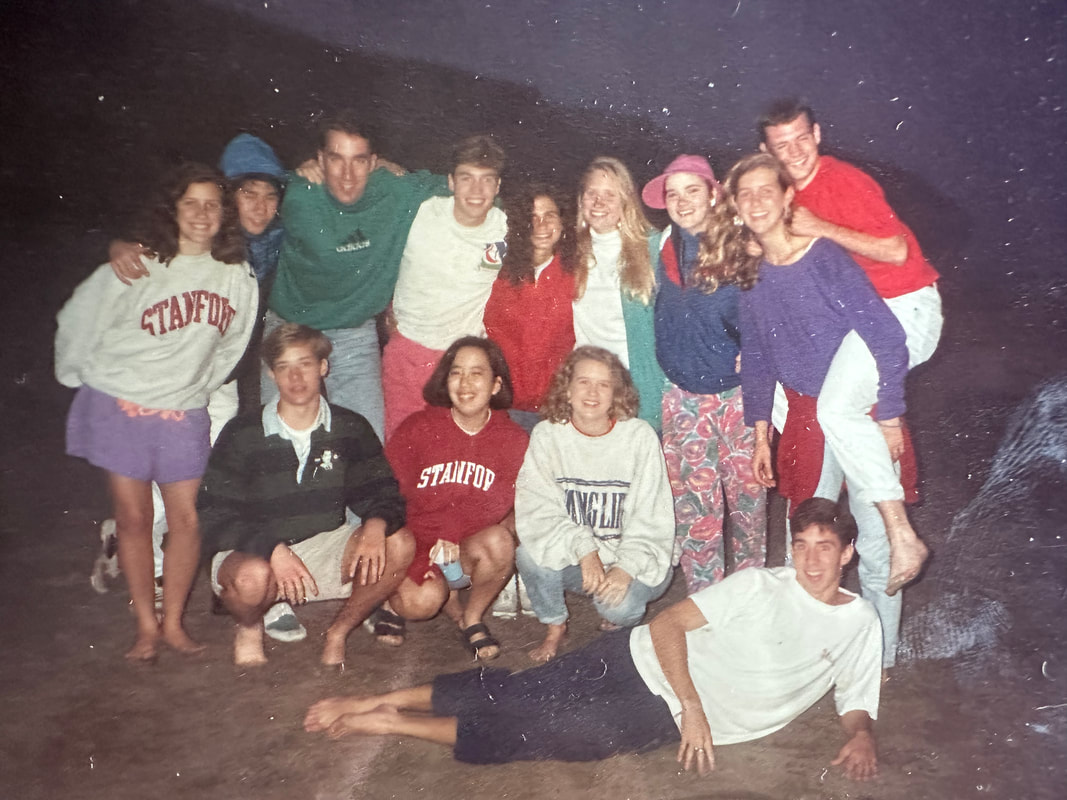
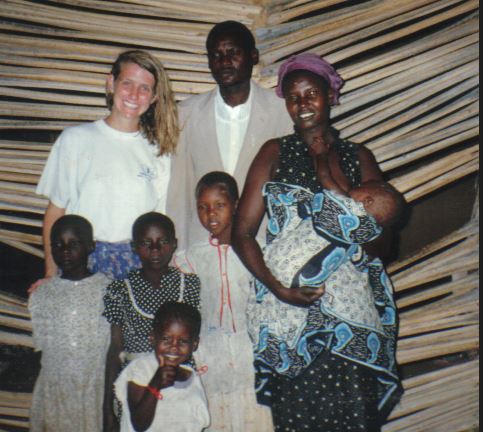

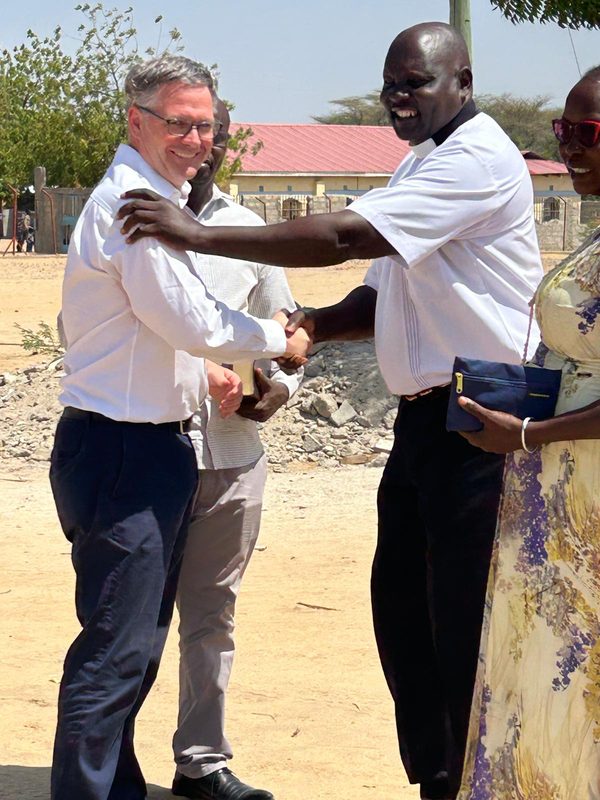
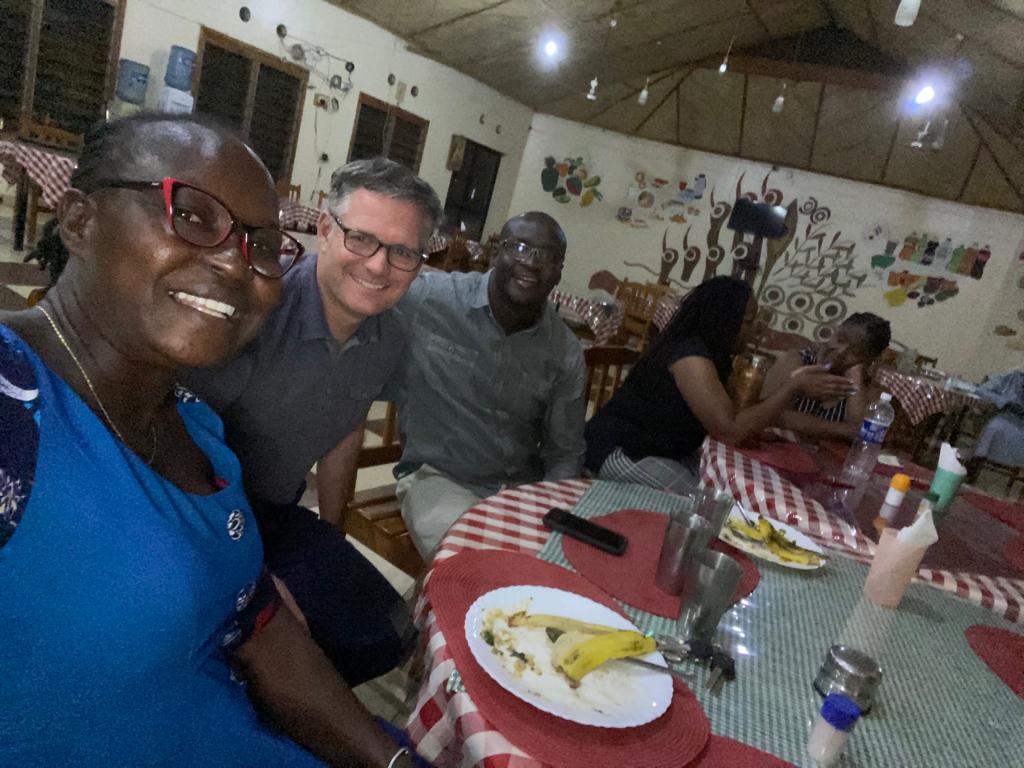
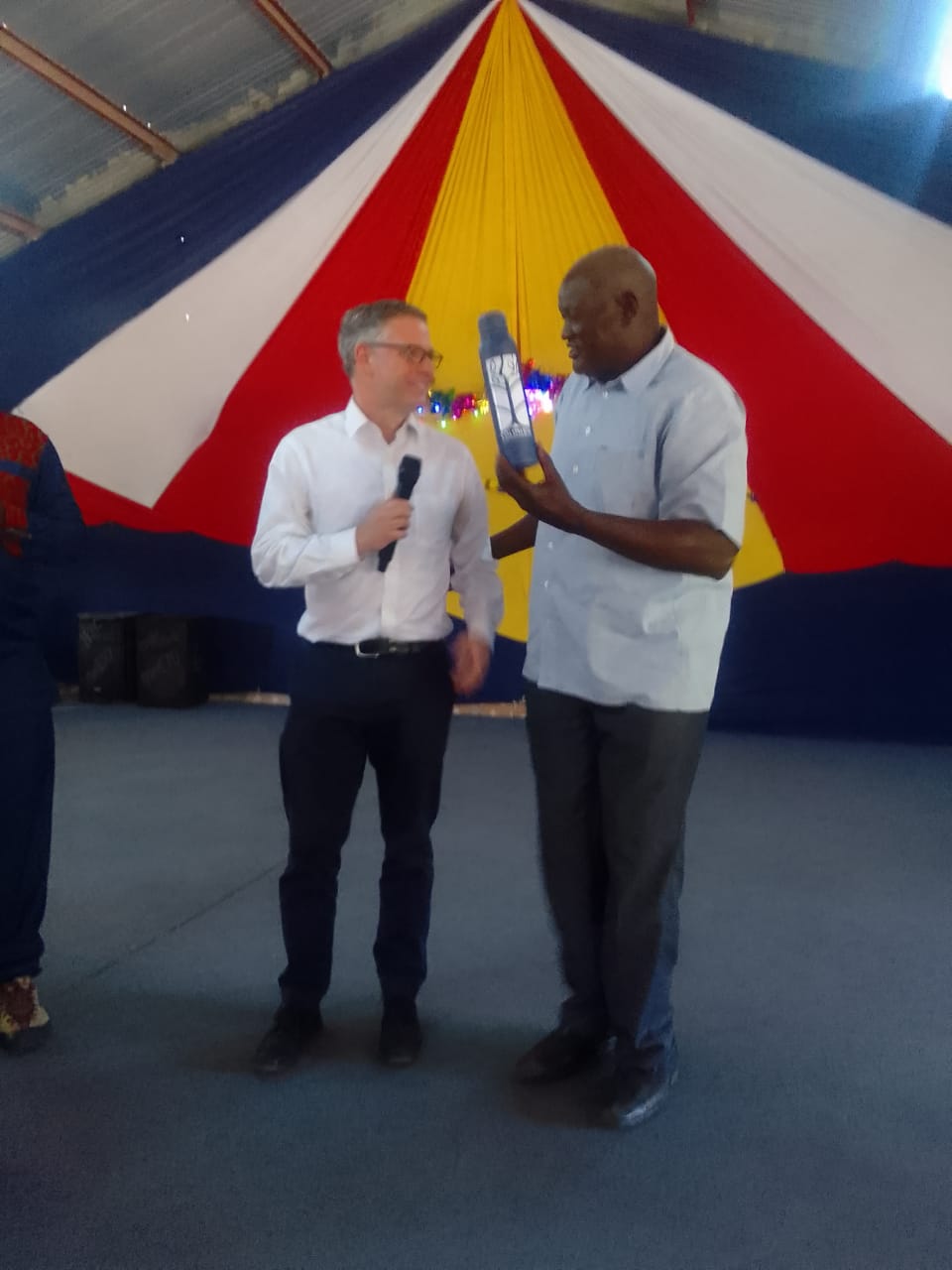
 RSS Feed
RSS Feed